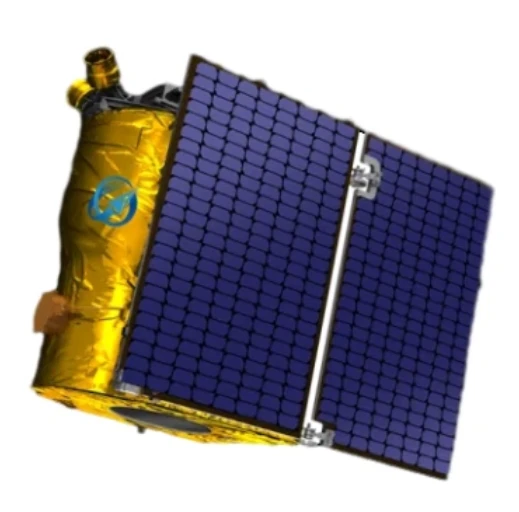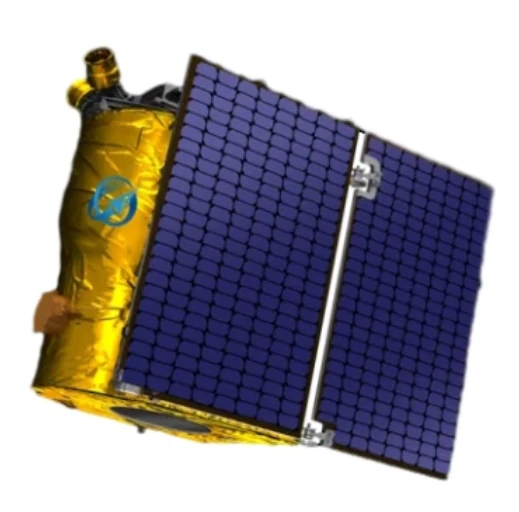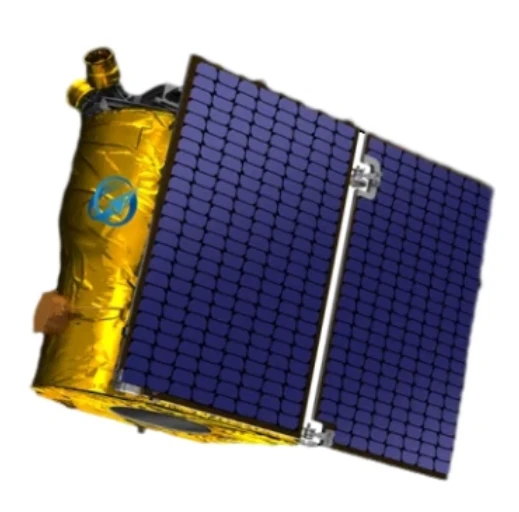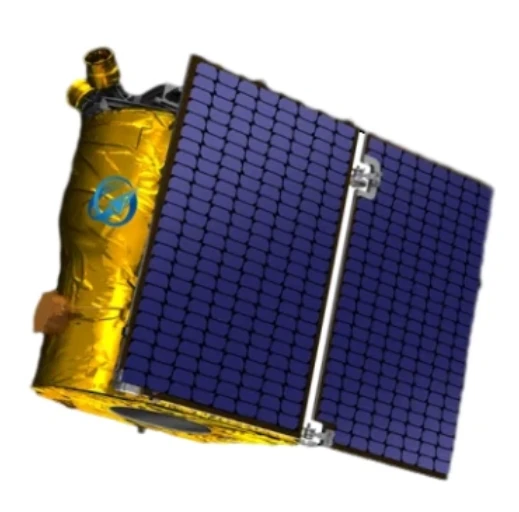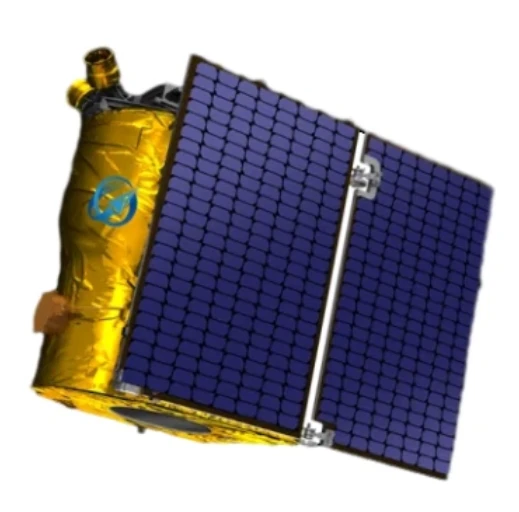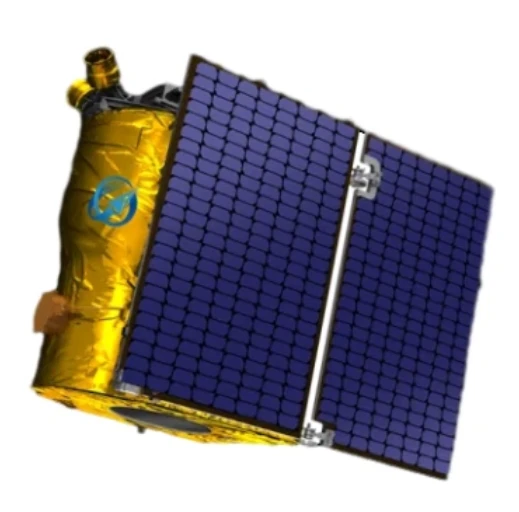
- Aprikano
- Albaniano
- Amharic
- Arabiko
- Armenian
- Azerbaijani
- Basque
- Belarusian
- Bengali
- Bosnian
- Bulgarian
- Catalan
- Cebuano
- China
- Corsican
- Croatiano
- Czech
- Danish
- Dutch
- English
- Esperanto
- Estonian
- Finnish
- Pranses
- Frisian
- Galician
- Georgian
- Aleman
- Griyego
- Gujarati
- Haitian Creole
- Hausa
- hawaiian
- Hebreohanon
- Dili
- Miao
- Hungarian
- Icelandic
- igbo
- Indonesian
- irish
- Italyano
- Hapon
- Javanese
- Kannada
- kazakh
- Khmer
- Rwandan
- Koreano
- Kurdish
- Kyrgyz
- Pagtrabaho
- Latin
- Latviano
- Lithuanian
- Luxembourgish
- Macedonian
- Malagasy
- Malay
- Malayalam
- Maltese
- Maori
- Marathi
- Mongolian
- Myanmar
- Nepali
- Norwegian
- Norwegian
- Occitan
- Pashto
- Persianhon
- Polish
- Portuges
- Punjabi
- Romaniano
- Ruso
- Samoano
- Scottish Gaelic
- Serbiano
- English
- Shona
- Sindhi
- Sinhala
- Slovak
- Slovenian
- Somali
- Kinatsila
- Sundanese
- Swahili
- Swedish
- Tagalog
- Tajik
- Tamil
- Tatar
- Telugu
- Thai
- Turko
- Turkmen
- Ukrainiano
- Urdu
- Uighur
- Uzbek
- Vietnamese
- Welsh
- Tabang
- Yiddish
- Yoruba
- Zulu
Building Smarter Networks With Satellite As A Service Solutions
As digital transformation reaches every corner of the globe, the demand for flexible, scalable, and high-performance connectivity continues to grow. Satellite as a service has emerged as a key enabler of this transformation, offering enterprises, governments, and organizations a way to access space-based communication and imaging capabilities without the need for owning or operating satellites. From satellite web to VSAT communication platforms, these solutions bring powerful tools to underserved regions and high-demand environments.
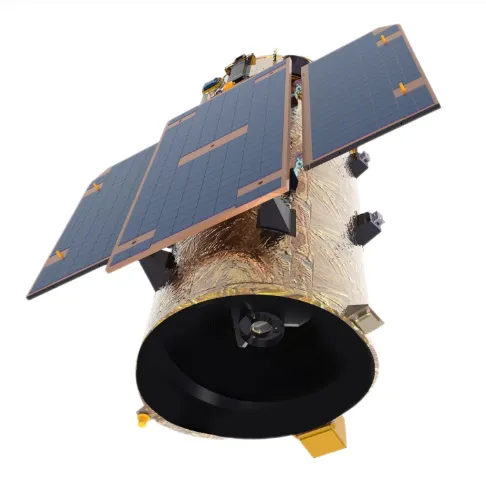
Satellite Communication Companies Drive Seamless Connectivity
The growing number of satellite communication companies now offer full-service models to support a variety of industries—from agriculture and mining to education and emergency response. These companies provide turnkey satellite communication services including uplink/downlink operations, bandwidth management, remote support, and integration with cloud platforms.
By leveraging satellite as a service, clients can bypass traditional infrastructure limitations and tap into powerful networks via satellite network connection. This model is especially useful for organizations operating in developing regions, remote locations, or mobile environments such as ships and construction zones.
The ability to deploy a small satellite dish quickly, combined with service-level guarantees, makes these solutions highly attractive. In addition, hybrid systems that integrate VSAT services offer redundancy and stability for mission-critical operations.
Maximizing Coverage and Efficiency Through Satellite Web Access
Modern enterprises require real-time data exchange, cloud connectivity, and uninterrupted communication to stay competitive. Satellite web services provide broadband-speed internet through satellites, eliminating geographic limitations and ensuring that even remote teams stay connected.
One key application is in education. Schools in rural or mountainous areas can now benefit from high-speed internet delivered via VSAT communication and satellite web platforms. Combined with technologies like smart boards and e-learning software, these schools can now provide the same educational opportunities as urban institutions.
Another use case is in disaster recovery, where setting up a satellite network connection within hours ensures that rescue teams and coordination centers have the resources they need. Whether for video conferencing, remote diagnostics, or data uploads, these systems are becoming indispensable tools for emergency response operations.
Precision Insights with 0.5 M Resolution Satellite Images
In addition to communication, satellite as a service platforms increasingly offer access to remote sensing tools such as 0.5 m nga resolusyon sa satellite nga mga imahe. These ultra-detailed images are critical in urban planning, environmental monitoring, agriculture, and infrastructure inspection.
With cloud-based access models, users no longer need to invest in specialized software or hardware. Satellite communication companies now bundle image access and data analytics into their satellite communication services, making high-precision earth observation affordable and scalable.
Combined with mobile connectivity solutions like installing Starlink dish or compact VSAT system setups, organizations can collect, transmit, and analyze high-resolution data in real time, transforming raw information into actionable insights.
In a world that thrives on fast, dependable connections and real-time intelligence, satellite as a service stands at the forefront of innovation. By leveraging technologies like satellite web, VSAT communication, 0.5 m nga resolusyon sa satellite nga mga imahe, and efficient satellite network connection, businesses and governments can unlock unprecedented capabilities. As more satellite communication companies embrace service-based models, global access to critical data and connectivity is no longer a future ideal—it’s today’s reality.






